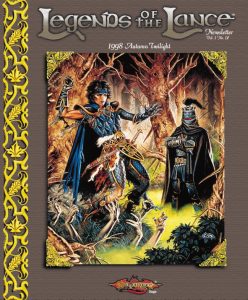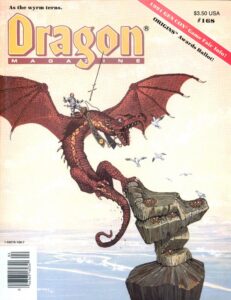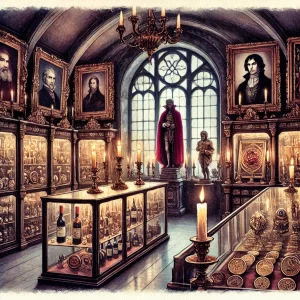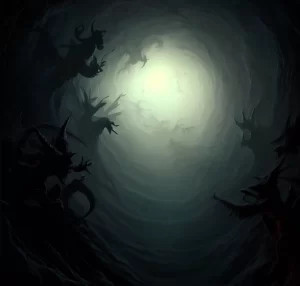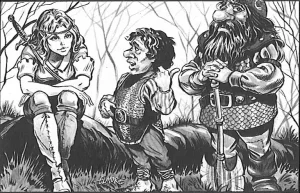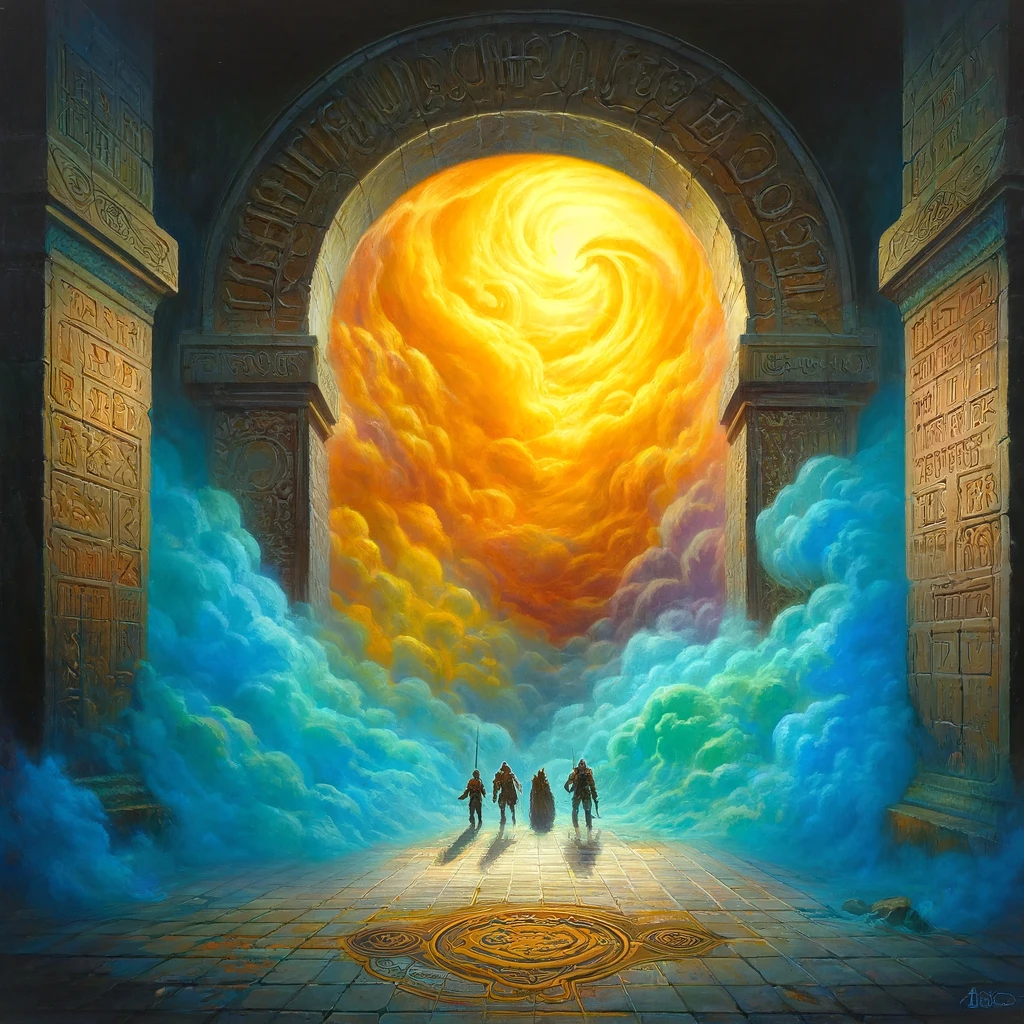
Inside the Tomb of Horrors - the Arch of Mist.
The adventure described in the "Tomb of Horrors" is a detailed and perilous journey designed for experienced Dungeons & Dragons and Pathfinder 2e players. This renowned module is set in a labyrinthine crypt under a cursed and isolated hill, harboring the demilich Acererak, a figure of immense evil and cunning. Players are enticed into this deadly crypt with promises of untold treasure and ancient artifacts, but they soon discover that the real challenge is surviving the myriad of traps and puzzles designed to protect Acererak's sanctum.
The crypt is filled with not just mechanical and magical traps but also riddles and illusions that challenge the intellect and perception of every adventurer daring enough to enter. The tomb's design is a masterclass in psychological warfare, forcing players to second-guess every step they take. From false doors that lead to deadly traps to entire rooms designed to disorient and confuse, Acererak's lair tests both the mental and physical fortitude of its challengers.
Moreover, the atmosphere within the tomb is oppressively foreboding, crafted to instill fear and caution in the hearts of the most courageous. The presence of potent undead creatures and the lingering essence of Acererak himself add to the palpable tension that pervades the crypt. Adventurers must navigate this gauntlet with the awareness that the slightest misstep could lead to their doom, making each decision, from which path to take to how to solve a complex puzzle, critically important.
This adventure is not just a battle for survival but a quest that could etch the names of the brave souls who dare to confront Acererak into the annals of history, provided they can uncover the secrets of the Tomb of Horrors and emerge alive.
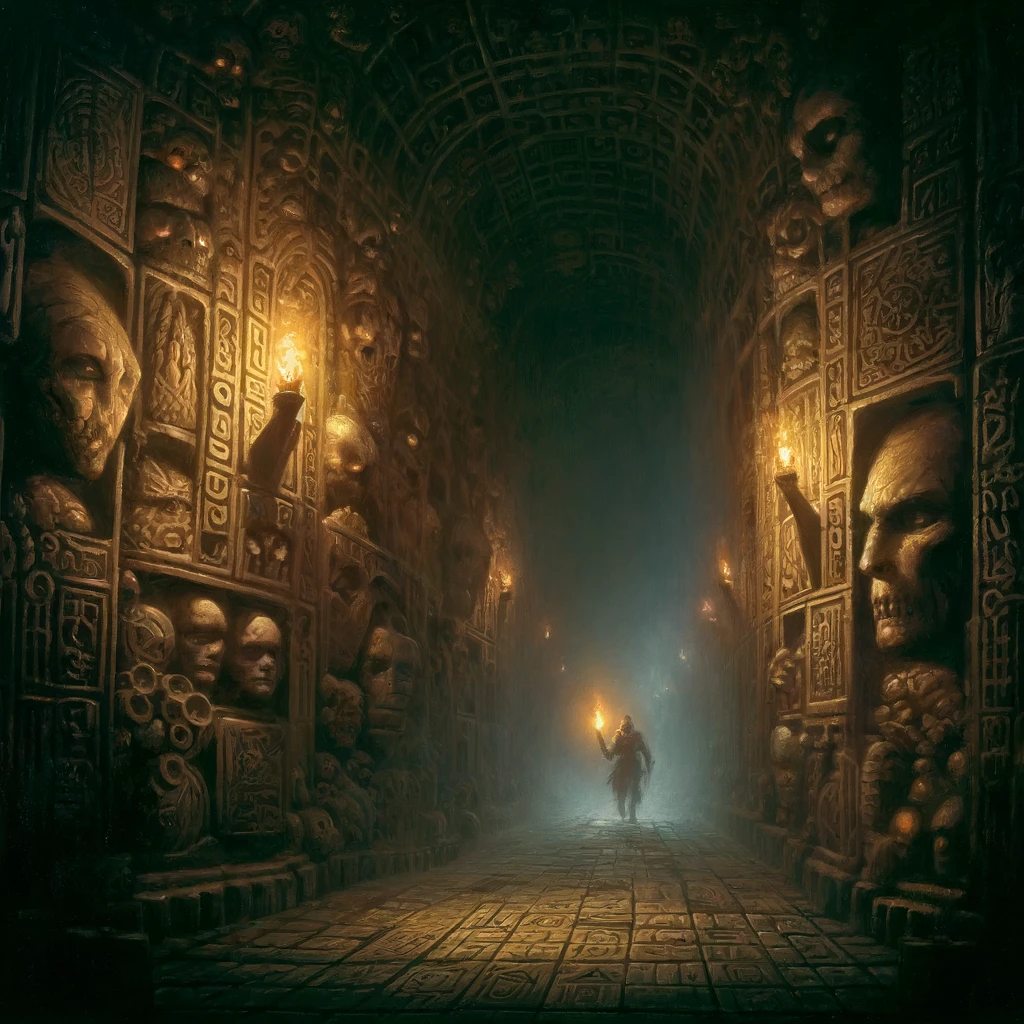
Storyline and Plot
The "Tomb of Horrors" is a tale of ultimate challenge that tests both the player's wits and characters' mettle. The adventurers are drawn to the tomb through legends and tales of rich treasures and magical items, guarded by a plethora of traps and undead creatures. The ultimate antagonist, Acererak, awaits as the final challenge in a series of increasingly deadly and cunning traps designed to thwart and destroy even the most prepared parties.
The "Tomb of Horrors" narrative extends beyond a mere treasure hunt; it's a perilous journey into the very essence of dread and cunning designed by the malevolent demilich Acererak. Adventurers, lured by the allure of vast riches and powerful artifacts, soon find themselves embroiled in a deadly game of chess against an unseen, omnipotent opponent. The legend of the tomb is widespread in adventurer circles, its stories filled with warnings and whispers of the unimaginable horrors that lie in wait.
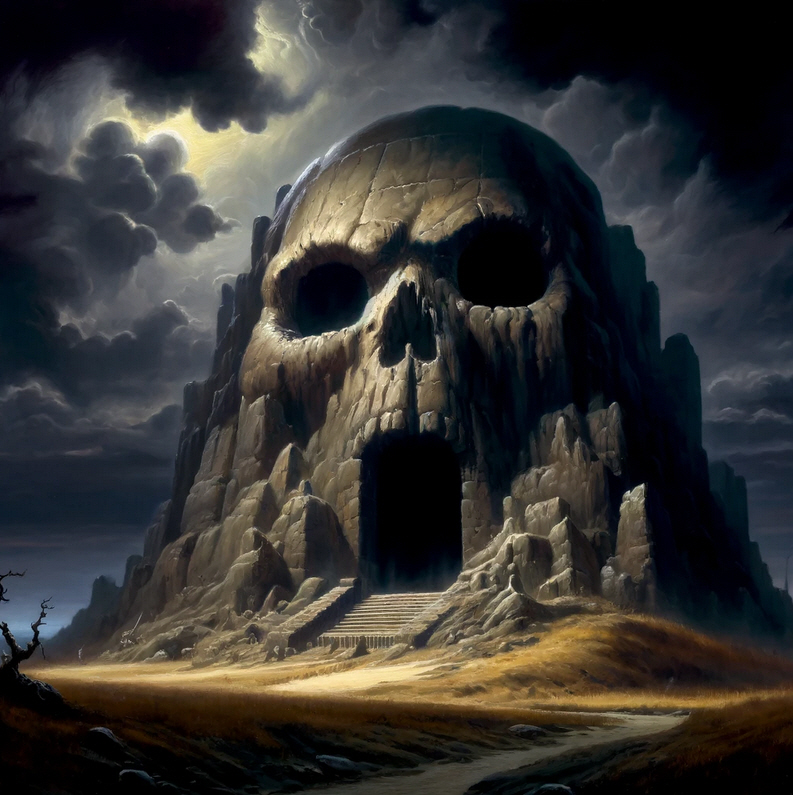
As the party navigates the shadowy corridors and expansive chambers, they encounter a litany of meticulously crafted traps and complex puzzles. Each step forward is a test of their problem-solving abilities and understanding of arcane mysteries. The crypt itself serves as a maze of psychological torment and physical danger, with every hallway and room designed to disorient and mislead.
The ultimate challenge of the tomb is not merely surviving the traps but facing Acererak himself. The demilich, whose power has grown over centuries, is not a foe to be vanquished by swords or sorcery alone. His true weapon is the tomb itself; each chamber and corridor a stroke of his dark will. Acererak's presence permeates the very stones of the crypt, his essence woven into the fabric of each trap and puzzle, taunting and testing the adventurers' resolve.
This adventure culminates in a confrontation that tests not just combat prowess but the very spirit of those who dare to face the demilich. To overcome this final challenge, adventurers must unravel the secrets of Acererak's phylactery and the tomb's true purpose. The story is not just one of survival, but of overcoming the ultimate embodiment of death and cunning.
Key Locations and Traps
Entrance and False Tunnels: The tomb presents multiple entry points, each leading to different deadly outcomes. The true path requires careful examination and can easily be missed among the decoys.
Colorful Corridor: A corridor painted with vibrant colors and deceptive frescoes hides multiple traps and secret doors, leading adventurers deeper into the crypt.
Chapel of Evil: This seemingly sacred place turns into a deadly trap with poisoned gases and a deceptive altar that can unleash devastating spells.
Notorious Foes
- Demilich Acererak: The central figure of the tomb, Acererak's presence permeates through the crypt. Encountering him means facing one of the most powerful undead beings in the D&D universe.
- Various Undead: The tomb is crawling with undead guardians like wraiths, skeletons, and zombies, each placed strategically to weaken the party before their final confrontation.
Magical Items and Artifacts
The tomb houses numerous enchanted items, each often hidden behind layers of puzzles and traps. These include:
- Magic Weapons and Armor: Essential for combating the higher-level undead found within the tomb.
- Scrolls and Potions: Scattered throughout to aid or bait the adventurers into further danger.
- Artifacts: Powerful and unique items, often tied to Acererak himself, are the true treasures of the tomb.
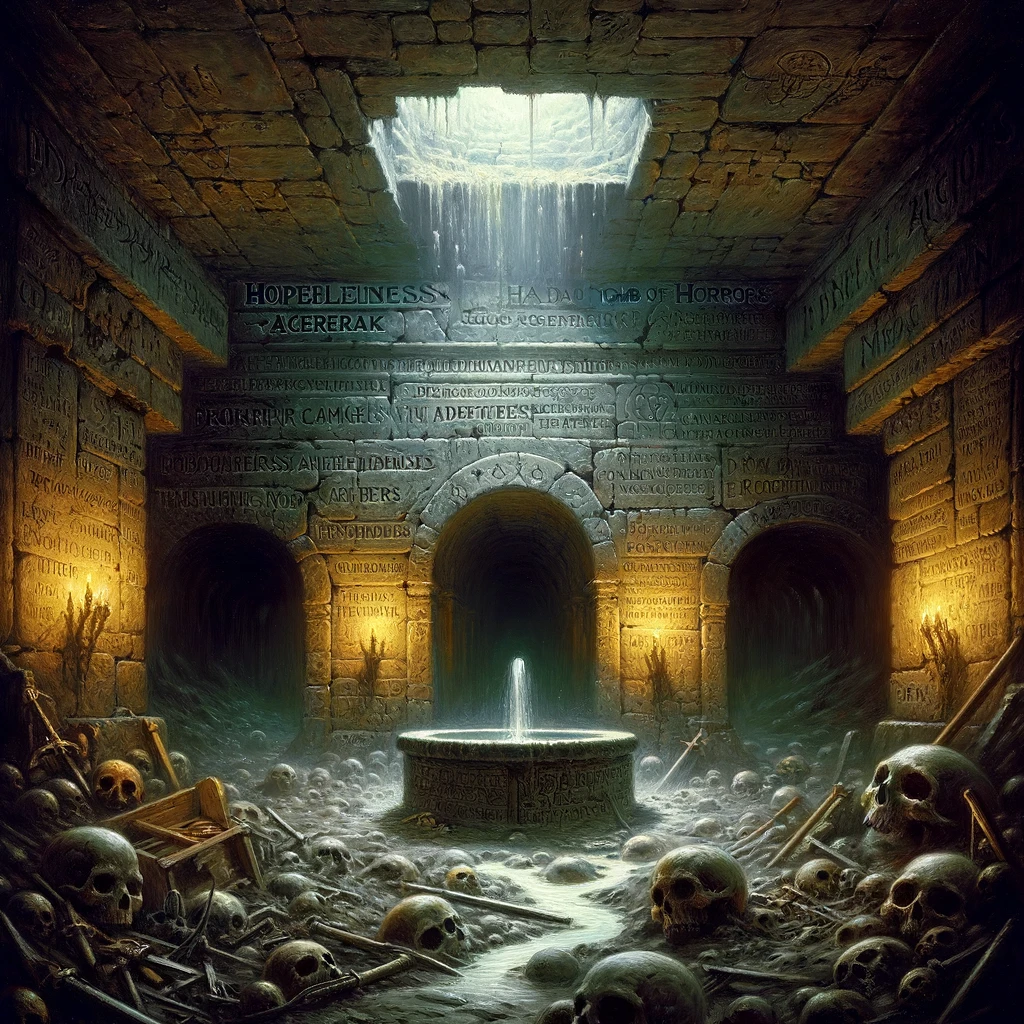
Challenges and Gameplay Mechanics
The "Tomb of Horrors" requires players to engage deeply with the game mechanics, utilizing spells, skills, and tools in innovative ways to survive. The module emphasizes problem-solving, careful exploration, and the strategic use of resources over direct combat encounters.
Exploring the "Tomb of Horrors" further, we uncover additional layers of complexity and hidden details that contribute to its reputation as one of the most challenging and meticulously crafted modules in the Dungeons & Dragons universe. Here are more aspects and elements of the adventure:
Environmental and Psychological Challenges
The Tomb of Horrors doesn't just challenge the physical capabilities of adventurers but also their mental resilience. The environment itself, with its oppressive atmosphere and dark themes, plays a critical role in heightening the sense of dread and tension. Frequent illusions and traps that target the mind, such as the false sense of security in seemingly safe areas, serve to erode player confidence and induce paranoia.
Puzzles and Riddles
A standout feature of the Tomb is its use of complex puzzles and riddles. These require not only intelligence and wisdom from characters but also creative thinking from players. For instance, the cryptic messages and clues scattered throughout the tomb often require interpretation that can link back to D&D lore, making the module particularly engaging for veterans of the game.
Use of Space and Architecture
The spatial design of the Tomb of Horrors is intentionally confusing, with dead ends, secret passages, and rooms that loop back on themselves. This labyrinthine design enhances the difficulty of navigating the tomb and increases the likelihood of triggering traps. The architecture itself often contains clues to solving puzzles or avoiding dangers, emphasizing the importance of thorough exploration and attention to detail.
Legendary Artifacts
In addition to standard magical items, the tomb houses several legendary artifacts that are both powerful and cursed. These artifacts are often guarded by the most complex traps or challenging puzzles. For instance, items that promise immense power might also carry dire consequences for their use, reflecting the theme of greed and its pitfalls that pervades the adventure.
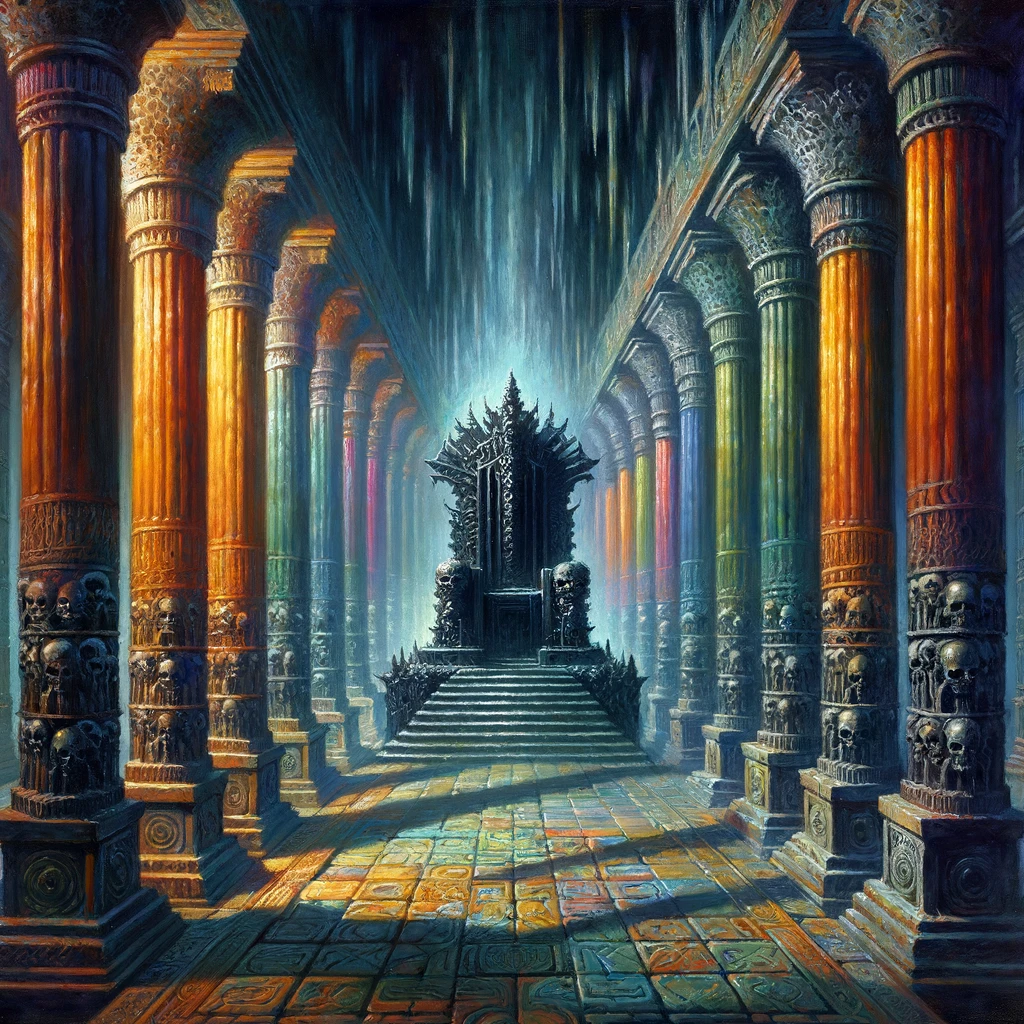
Integration into Larger Campaigns
For Dungeon Masters, the Tomb of Horrors offers various hooks for integration into broader campaigns. Acererak's backstory and his connections to other planes and dimensions can serve as gateways to further adventures, making the Tomb a pivot point for more extensive storytelling. The repercussions of dealing with such an ancient and malevolent entity can ripple across a campaign, affecting the world in unexpected ways.
"Tomb of Horrors" remains a masterclass in adventure design, merging meticulous detail with broad narrative arcs that engage players deeply in the world of Dungeons & Dragons. Its reputation as a brutal but rewarding challenge stands the test of time, offering a touchstone for comparing player ingenuity and bravery. Whether as a historical artifact of game design or as an active part of a high-level campaign, the Tomb of Horrors continues to captivate and challenge adventurers seeking the ultimate test of their abilities.
The "Tomb of Horrors" stands as a testament to the deadly creativity of Dungeons & Dragons' early design. It challenges players not just to fight, but to think and observe carefully, rewarding cleverness and preparation while punishing recklessness. Whether as a standalone adventure or a part of a larger campaign, it remains a memorable test of skill and bravery in the world of D&D.
Acererak the Demilich
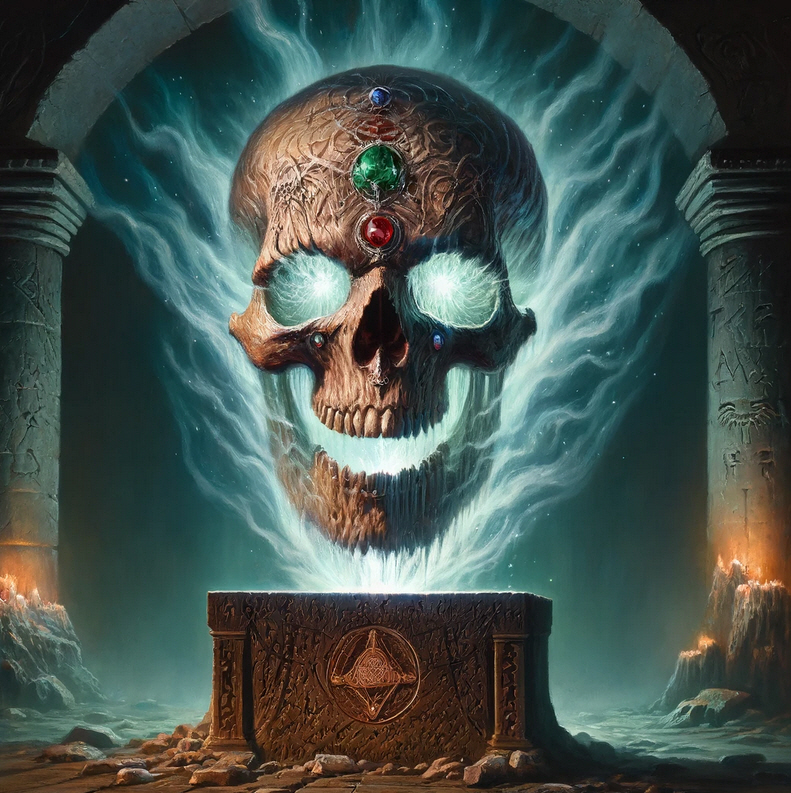
Acererak the Demilich, as featured in the "Tomb of Horrors," is not exactly a spirit in the typical sense. Instead, he represents a unique form of undead existence.
Demiliches are usually remnants of liches who have lost much of their physical form due to their transition into a state focused more on their spiritual essence and less on their physical sustenance. They often exist as just a skull or a portion of a skull, with their soul or consciousness sustained by powerful necromantic magic.
A demilich is what becomes of a lich that has ceased to maintain its physical form and spells. Acererak, the creator of the Tomb of Horrors, is a demilich. He is significantly powerful, mostly existing as a skull adorned with gems that hold his consciousness and powers. Demiliches often retain only a fraction of their original lich form, focusing more on their magical pursuits and less on worldly affairs, hence their skeletal remains.
Acererak's Skull: In his demilich form, Acererak's essence is contained within a skull encrusted with gems. These gems are crucial as they house his soul and the potent magic he wields. The skull can levitate and is capable of powerful magical attacks, but it doesn't behave like a typical spirit that might phase through walls or haunt an area.
An archlich is essentially a more powerful and often non-evil version of a lich. They undergo the process of lichdom to continue their studies and guardianships without the typical evil alignment that standard liches have. Archliches are less common in standard lore but are recognized for their autonomy and might retain more of their physical form than demiliches.
Ethereal or Astral Plane: While demiliches like Acererak can traverse or have connections to planes like the Ethereal or Astral Plane, they still have a very tangible presence in the physical world, mainly focused around their skull.
In summary, Acererak is more of an undead entity than a spirit, with his powers and consciousness anchored to his skull, making him an exceptionally dangerous and cunning foe. His form allows him a range of interactions that are both physical and metaphysical, aligning with his complex magical abilities.


